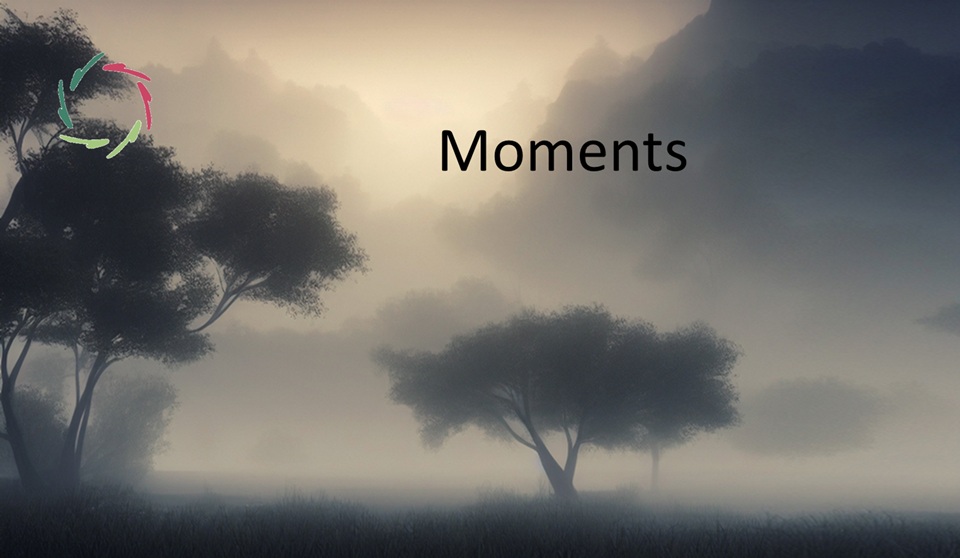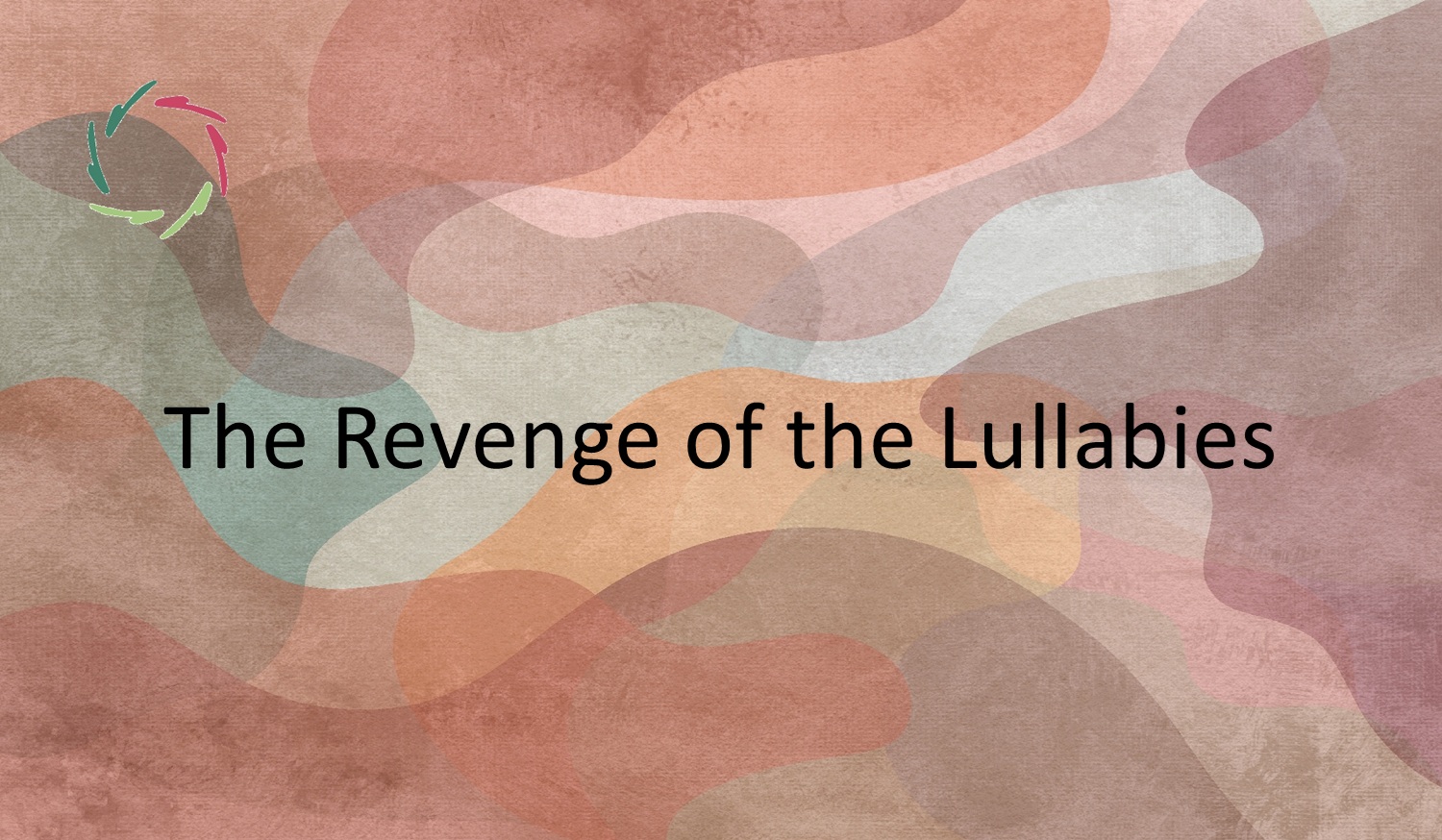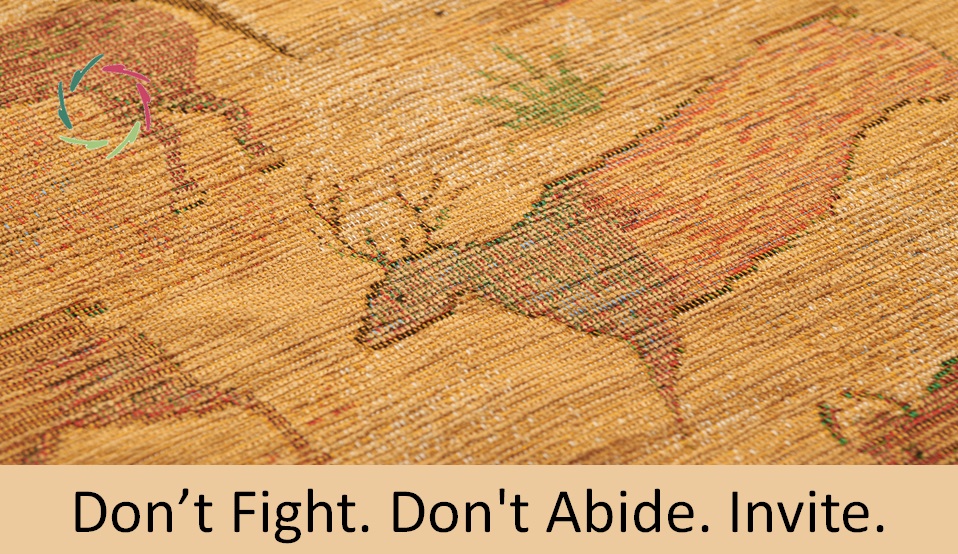Moments

Moments can pass like sparks, or they can stay with us for life. Some open into joy or insight, others cut painfully deep. What makes the difference is not only the intensity of the moment but also its place in the flow of time.
This blog explores fleeting versus transformative moments, thresholds, silence, and the freedom we have to conduct the music of our lives.
What is a moment?
A moment is often thought of as a single point in time, a tick on the clock. Yet a closer look reveals something richer. A moment can be both an event and a process ― stretched across time, shaped by what came before and colored by what follows after.
We cannot simply snap our fingers and decide how a moment influences us. The deeper layers of the mind are not ruled by surface willpower. But there is a way of working with moments from the inside out, using autosuggestion as described in Autosuggestion: so Little, so Much. This makes a moment more than something happening to us — it becomes something happening in us.
Fleeting versus transformative moments
Some moments are like sparks: a smile, a brief insight, a sudden burst of laughter. They brighten our experience but fade quickly. These are fleeting moments. They are real, yet they leave no lasting trace.
Transformative moments are different. They reach deeper layers of who we are, often in ways we do not immediately notice. A joyful recognition, a sudden understanding, or even a painful shock can sink into the subconceptual patterns that shape our lives. From there, they can grow like seeds, influencing our future. This is why moments of joy can lift us for years, while moments of terror may lead to scars such as PTSD. As explored in Your Mind-Brain, a Giant Pattern Recognizer, patterns are constantly at work beneath awareness, making moments more than they first appear.
The role of time: before and after
A moment is never just itself. It is prepared long before it arrives, in the quiet weaving of patterns inside us. When the mind is receptive, even a simple event can strike deeply, like rain on thirsty soil.
What happens afterward is just as important. How we look back at a moment decides whether it heals or harms, whether it lingers or fades. Reflection can integrate the experience into growth, while rejection or fear can lock it into trauma. The influence of such experiences depends not only on what happens but on how patterns give them meaning.
Moments as thresholds
Some moments open like doorways between past and future. Most of the time, we cross them without noticing, but occasionally they stop us in our tracks. A sudden insight, a decisive encounter, even the pause before speaking — these are all potential thresholds.
The way we cross them matters. With awareness, they become gateways to change. We can choose to linger, to notice, and to step through with open eyes. Doing so can turn an ordinary instant into a transformative passage. Such threshold moments make us not just passengers carried along but travelers through time, from long before to long after. Such moments remind us that each step can be a beginning.
Moments of silence
Not all such moments are dramatic. Some come in silence ― even internally. These quiet instants may seem empty yet carry presence and potential.
Often, we overlook them because ‘nothing happens.’ But silence can be as full as sound. It is in silence that deeper patterns rise, that unspoken insights can take form, that space opens for transformation. Silence, too, then becomes a moment that whispers. As suggested in About ‘Subconceptual’, such silent moments carry their deepest influence at the subconceptual level .
Freedom in relation to moments
We cannot decide which special moments life will give us. They come unbidden, like weather. Yet we can choose how to relate to them. With support and insight, we can cherish those that nourish us and release the ones that would otherwise govern us.
This does not reduce our aliveness. It deepens it. By working with such moments, we gain more freedom to live, not less. We become more like a conductor of the music of our lives, less a fixed score playing without direction. As expressed in Five Aurelian Values, freedom and respect for the total person are central — and this includes our freedom in how we carry moments within us.
Life offers us notes of every kind.
Some are joyful, some dissonant, some painful, some sublime. Left unattended, they may harden into a static score, repeating themselves without growth. But with insight and inner guidance, even these can become music again.
We cannot choose which notes arrive, but we can conduct how they come together. We can let some fade, while allowing others to blossom into themes that carry us forward. In this way, fleeting instants can turn into enduring melodies.
Moments, then, are not only sparks of time. They can be the tones of our existence. By conducting them, we turn time itself into a symphony of meaning.
Lisa’s take
These reflections are in harmony with the broader AURELIS view of mind and depth.
Personally, I see moments as a living proof that people are more than linear beings moving through time. People are pattern-shapers, capable of giving moments a resonance that endures. May this blog help you notice not only the sparks but also the thresholds and silences that make life whole.


